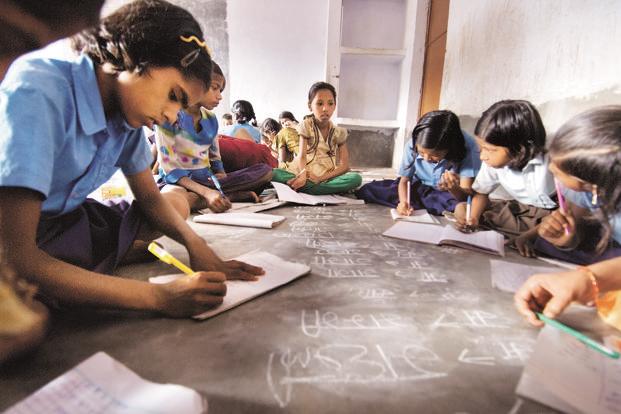
For most children, school is their home away from home. There they form friendships, socialize, grow, and learn. Children and their families rely on teachers, principals, and other school staff to nurture and protect them when away from home. And families and educators have a shared responsibility to work together and ensure that schools are safe environments for all, including our youngest and most vulnerable children. We can best meet this responsibility when we have a clear understanding of policies and resources that can support the creation of safe learning environments, and ultimately, children’s development and learning.
The U.S. Department of Education (ED) regularly releases resources to help educators, school administrators, and families to protect and ensure equitable access to education for all children, including our most vulnerable student populations. For example, in the past few years, ED has released several documents that address the needs of immigrant children. One example is the Newcomer Toolkit ED released in September that provided a one-stop shop for educators who serve newcomer students. The toolkit both catalogued resources for meeting the unique socio-emotional and academic needs of these students and highlighted the assets that newcomer students bring to the classroom.
In a continuing effort to inform the community of stakeholders who care for our children and to respond to continuing demand from the field, today ED is releasing a new resource guide for early learning educators and families as a follow-up to a 2015 Resource Guide focused on secondary students.
- The resource guide includes two parts:
- The first half of the resource guide, entitled Resource Guide: Building a Bright Future for All, provides tips for educators in early learning programs and elementary schools as well as schools, districts, and States to (1) facilitate school enrollment by immigrant families; (2) promote healthy child development in the school setting; (3) encourage caregiver engagement in children’s education; and (4) build staff capacity and knowledge about immigrant students and their educational needs.
- The second half of the guide entitled Handbook for Parents, Guardians, & Families: Building a Bright Future for All provides tips for parents and guardians on how to promote and facilitate children’s education from birth and play an active role in helping to ensure their children’s success in school regardless of their own schooling history or context.
Additionally, to respond to questions from the field, ED is also sharing information today about two Department of Homeland Security (DHS) policies that may be of interest to educators, school leaders, and families:
- A “sensitive locations” factsheet for educators and families provides a user-friendly explanation of how DHS policy defines immigration enforcement activity around “sensitive locations,” including schools and school bus stops, as well as other community spaces and social activities.
- In addition, ED is highlighting for teachers that under DHS policy, young people who are in Immigration and Customs Enforcement (ICE) custody should have timely access to educational materials sent by a local education agency, school, school administrator, or individual teacher. Additionally, consistent with applicable rules, these young people should have the opportunity to complete school work and return it to the local education agency, school, school administrator, or individual teacher. This policy can be found on the DHS website Part 2.5 – Funds and Personal Property and questions can be directed to [email protected].
Whether at home or at school, as parents or as educators, the foremost issue in our minds is the well-being of our children. By being informed and working together, we can ensure that all children have the educational access they need and deserve to be safe, secure, and happy.
Dana Nerenberg is a Principal Ambassador Fellow at the U.S. Department of Education and Principal of Sitton Elementary School in Portland, and Frances Frost serves as the Family Ambassador, U.S. Department of Education. Find her on Twitter @FamiliesatED.
[“source-ndtv”]













